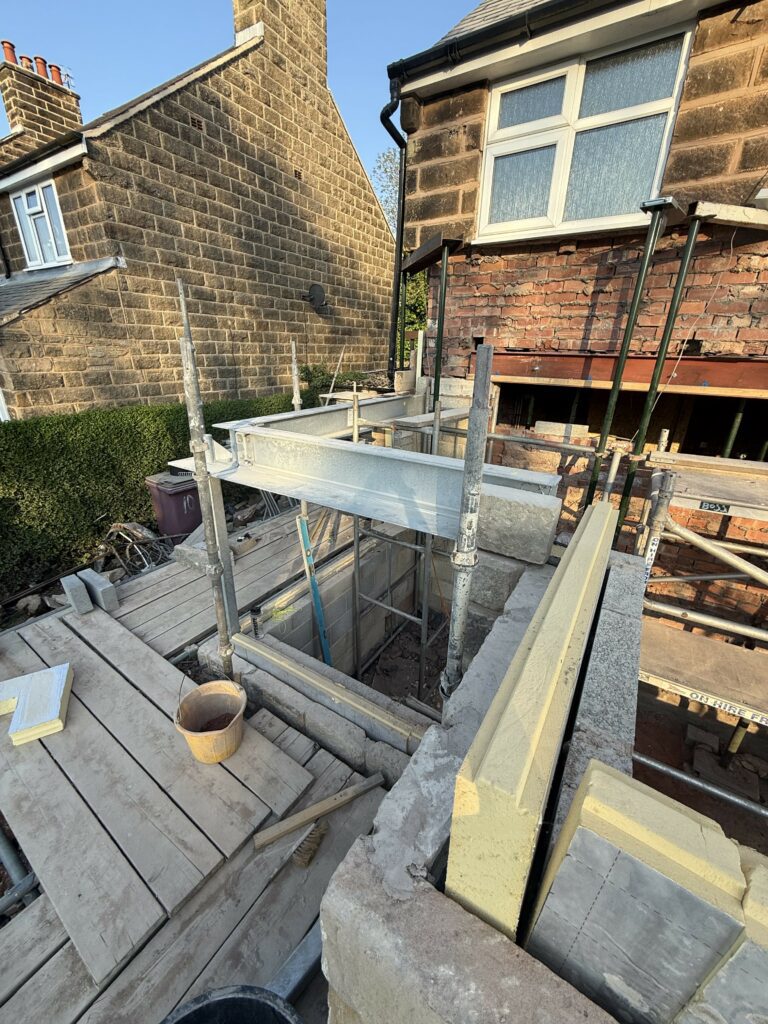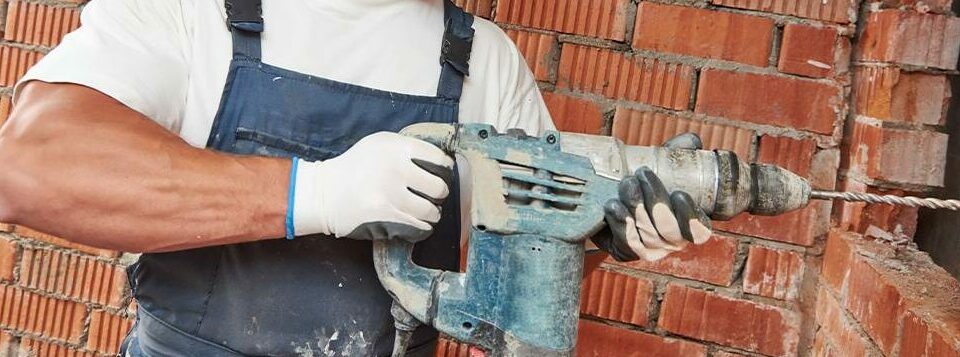
How to drill a lintel?
Don’t know where to start? Not to worry, let us help you!
A question we get asked frequently is, how to fix a curtain pole or track to a steel lintel. So, below is some guidance but generally it depends on the type of steel lintel in place.
Traditional cavity lintels allow for a masonry block to be on the inner leaf. Therefore, you will be fixing to the masonry inner leaf of the wall and not the steel lintel as per the below diagram. Some inner leaf lintels are known as wide inner leaf, where the inner leaf will be thicker 125-150mm as opposed to a more traditional 100mm inner leaf.
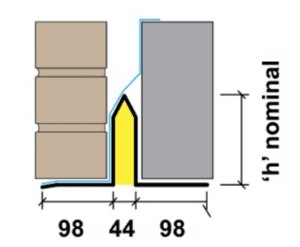
You may want to consider the following, when drilling into masonry or concrete lintels.
- Start with a small masonry drill bit around 3mm, drill a shallow hole on low power.
- Then, increase the drill size gradually to one required and increase the speed.
- Every 10 seconds or so, remove leftover dust and debris.
- If you find resistance in the concrete lintel you may have hit the reinforcing bar which are typically 10-12mm in diameter. In this instance you could either move your fixing hole or use an SDS drill bit (Slotted Drive System) to penetrate the reinforcing bar. The picture below shows a 140×215 hi-strength concrete lintel and the circle shows the reinforcing bar in each corner, which will run throughout the concrete lintel length.
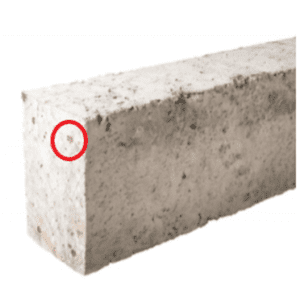
- An important thing to remember when you are drilling any holes is, that it is crucial to hold your drill straight. This is important so, the hole is straight. Otherwise, when you insert any fixings or screws, they will sit at an angle.
- Once the hole is suitably drilled to the correct depth, use a suitable RAWL plug and screw to fix your brackets.
- However, some lintels have a steel inner leaf like internal box lintels. These are often trickier to fix to. The reason being, the installer may come across some resistance when he ‘hits’ the steel lintel. The diagram below shows a steel box lintel in a 200mm solid wall (a lintel often used above garage doors). When drilling from the inside you will penetrate the plasterboard, then hit the steel box lintel after about 10-20mm. This will therefore require a different method of fixing.
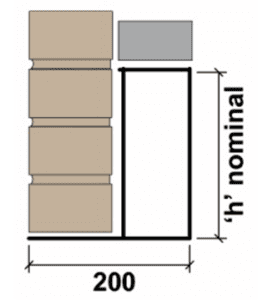
Things to consider when you are drilling into steel lintels.
- Start with a small masonry drill bit around 3mm.
- After you penetrate the plaster, you will reach the steel lintel. Don’t continue to drill into the steel lintel.
- Change your drill bit for a high-speed steel bit using self-tapping screws or often referred to as Tek-Screws locating the original pilot hole drilled.
- Titanium coated or bullet tip drill bits are most appropriate when drilling into steel lintels. Also, using cooling paste for the drill bits will stop it from overheating and will cut through more effectively.

Tips & Mistakes to Avoid
- Always remember to wear eye & breathing protection (such as a mask and goggles). This way you will avoid inhaling any dust coming from the drill or getting any dust/debris/steel splinters in your eyes.
- Battery powered drills aren’t recommended for drilling into lintels. The reason being, they do not have enough power to drill through a steel or a concrete lintel. Also, using a battery powered drill could take a lifetime! Instead try a SDS drill (as mentioned in points above), this will be way more powerful and more effective for the job!
- Take your time. Drilling a hole into a concrete lintel will need your full concentration to avoid crumbling or breaking of the lintel, you cannot rush. It is important to take often breaks while doing this task. Mainly, to double check on your drill bit as due to the pressure, it may need replacing before continuing drilling.



